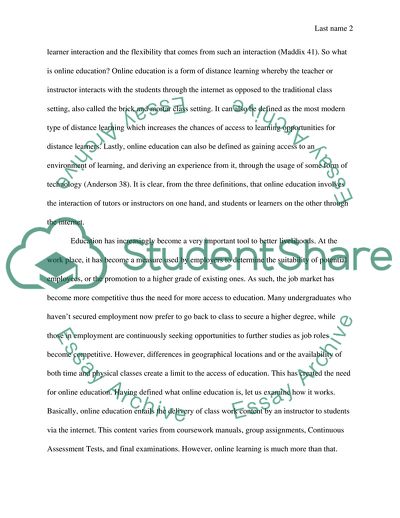Cite this document
(The Concept of Online Education Essay Example | Topics and Well Written Essays - 1750 words, n.d.)
The Concept of Online Education Essay Example | Topics and Well Written Essays - 1750 words. https://studentshare.org/information-technology/1848574-information-technology
The Concept of Online Education Essay Example | Topics and Well Written Essays - 1750 words. https://studentshare.org/information-technology/1848574-information-technology
(The Concept of Online Education Essay Example | Topics and Well Written Essays - 1750 Words)
The Concept of Online Education Essay Example | Topics and Well Written Essays - 1750 Words. https://studentshare.org/information-technology/1848574-information-technology.
The Concept of Online Education Essay Example | Topics and Well Written Essays - 1750 Words. https://studentshare.org/information-technology/1848574-information-technology.
“The Concept of Online Education Essay Example | Topics and Well Written Essays - 1750 Words”. https://studentshare.org/information-technology/1848574-information-technology.


